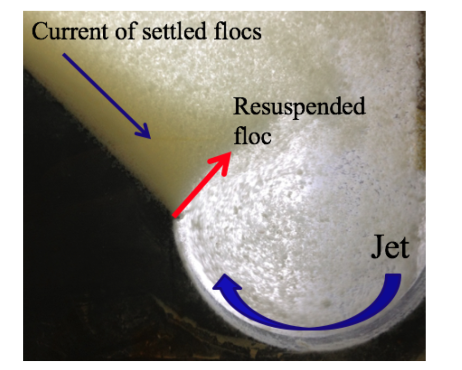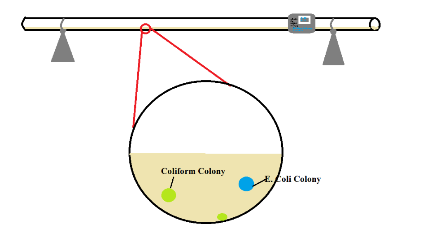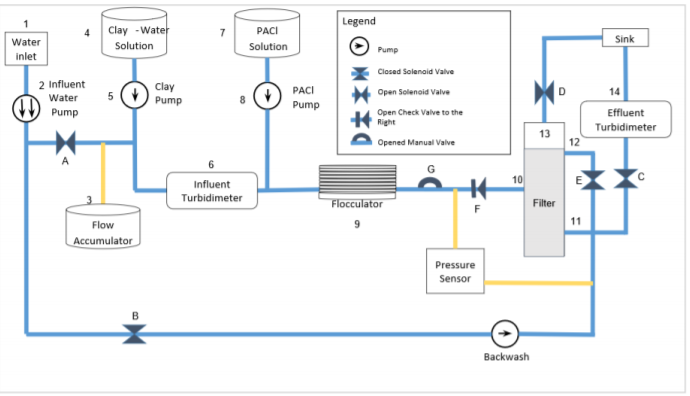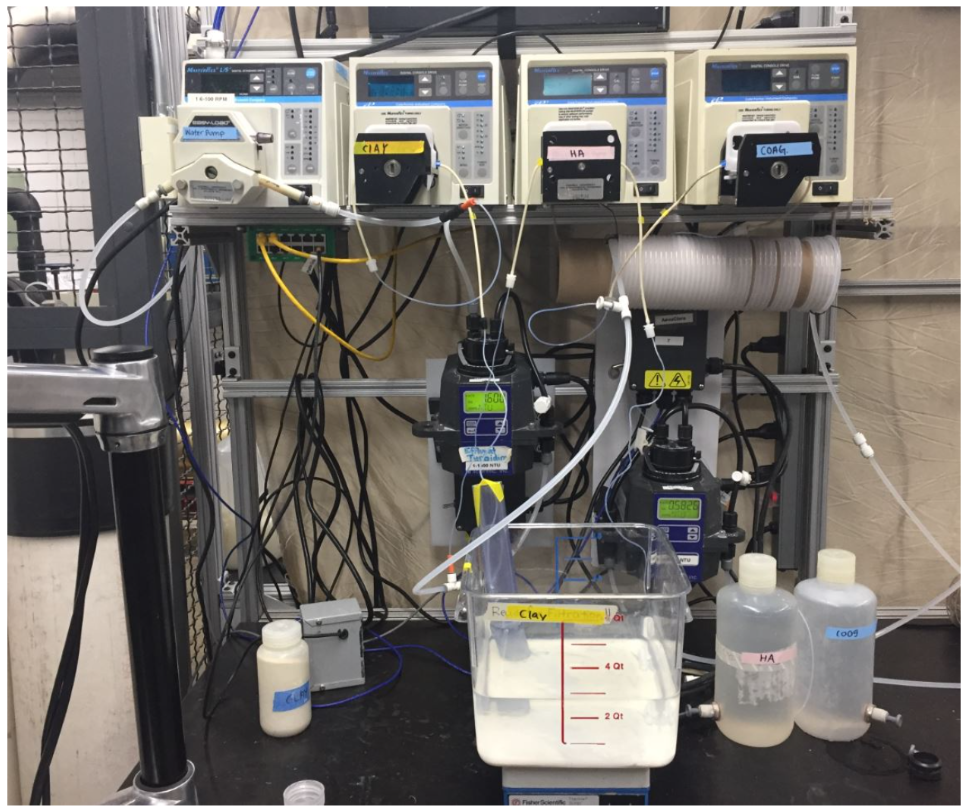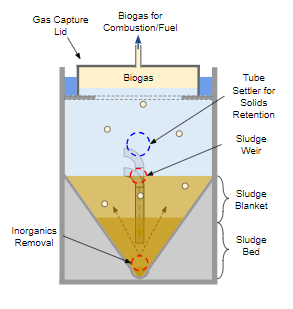Albert Cheng, Sidney Lok, Yuqi Yu, Lishan Zhu
Abstract
This semester, the goal of the High Rate sedimentation - Plate Settlers team was to maintain a suspended layer of colloidal particles (flocs) at upflow velocities higher than 1 mm/s. The suspended layer, referred to as the floc blanket, circulates flocs, enhances flocculation, and is self-cleaning. As the floc blanket grows in height, it spills over a weir into a sludge collection chamber to prevent sludge build-up inside the sedimentation tank. increasing the upflow velocity in the sedimentation tank decreases the necessary plan-view area and cost of construction. A high density floc blanket is necessary to prevent flocs from escaping the sedimentation tank at higher velocities. The High Rate Sedimentation - Plate Settlers team explored different plate settler geometries in the sedimentation tank to concentrate the floc blanket.

